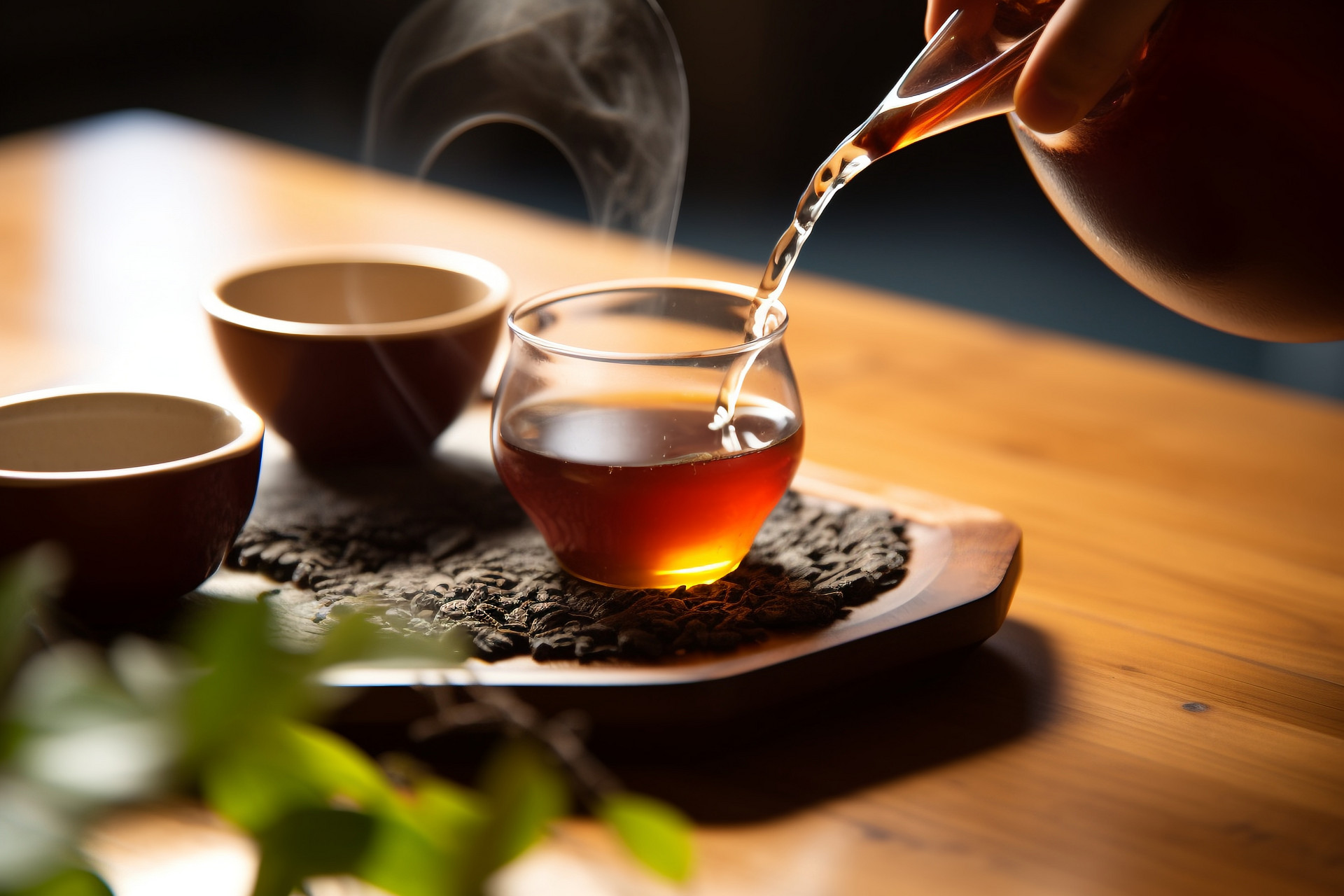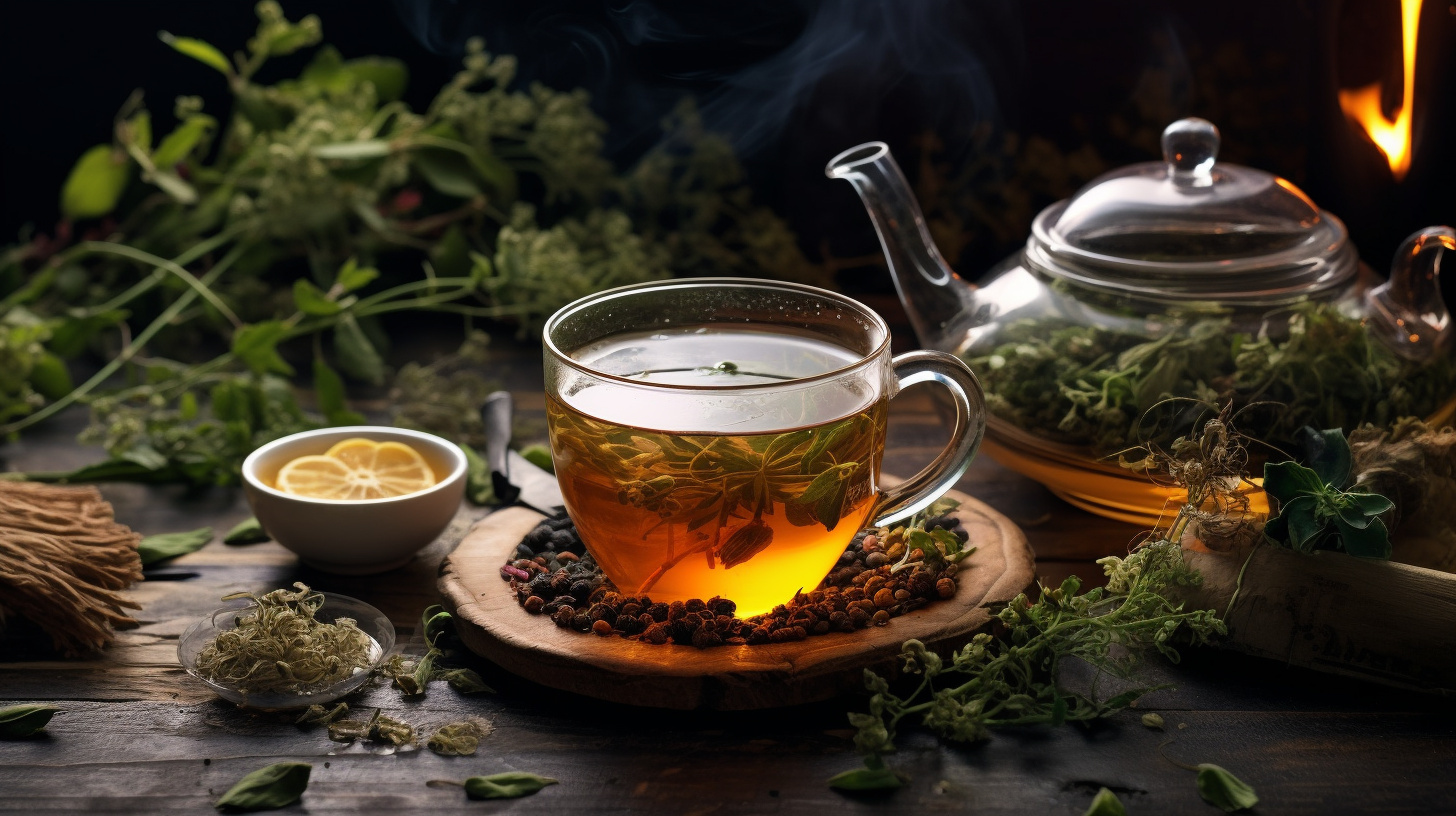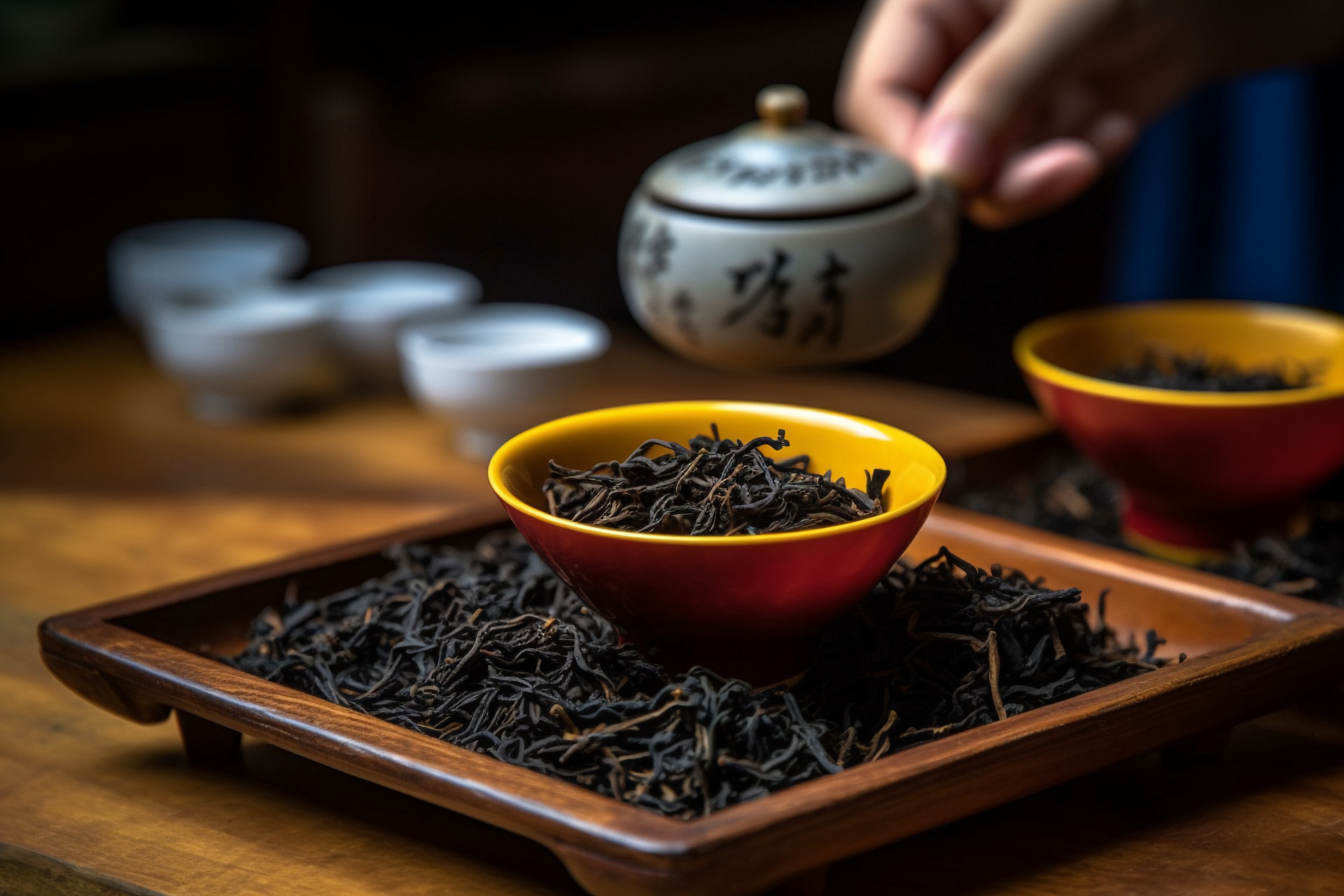Tea contains a complex composition of ingredients, and the main components with health benefits include tea polyphenols, caffeine, amino acids, pigments, vitamins, polysaccharides, minerals, and aromatic substances.
Polyphenols (also known as tea polyphenols or tannins) are a class of biologically active compounds primarily composed of catechins, with a content of 15% to 28% of the dry weight of fresh leaves. Purified tea polyphenols are white powder with a bitter taste. Experimental evidence has shown that tea polyphenols are effective in lowering blood lipids, which is the basis for using tea for weight loss and why people with hyperlipidemia seek tea.
There are three main alkaloids in fresh tea leaves, such as caffeine, theobromine, and theophylline. Caffeine has a stimulating effect on the central nervous system, providing a refreshing feeling. Theobromine and theophylline have a neutralizing effect, mitigating the stimulation of pure caffeine on the heart. This is why tea is considered the healthiest beverage, providing a healthier alternative to coffee and cocoa. Purified alkaloids are white powder with a bitter and astringent taste, together with tea polyphenols, they form the basic taste of tea - bitter and astringent. The astringency of green tea refers to this bitter and astringent taste experienced when drinking tea.
If tea polyphenols and caffeine are purified, they can be considered as medicine. However, the medicinal components in tea leaves or dissolved in tea soup are relatively mild. Other nutritional ingredients such as amino acids and vitamins also have limited effects. In addition to reducing symptoms of hyperlipidemia, tea also has other functions such as anti-aging, anti-cancer, anti-radiation, anti-inflammatory, diuretic, vision improvement, digestion assistance, alleviating heavy metal and alcohol damage, and preventing tooth decay.


![[The Risks of Eating Hawthorn During Pregnancy]](https://tcmmaintenance.com/uploads/20240715/97742b67f97f94c495ae1389337c5c41.jpg)








